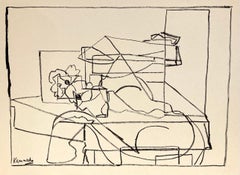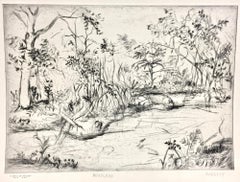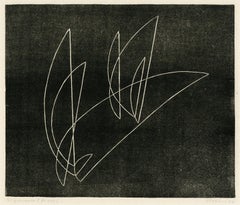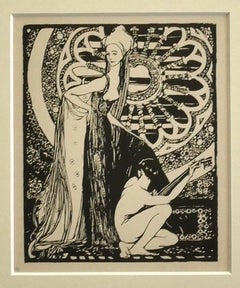Abstract Art
Beginning in the early 20th century, abstract art became a leading style of modernism. Rather than portray the world in a way that represented reality, as had been the dominating style of Western art in the previous centuries, abstract paintings, prints and sculptures are marked by a shift to geometric forms, gestural shapes and experimentation with color to express ideas, subject matter and scenes.
Although abstract art flourished in the early 1900s, propelled by movements like Fauvism and Cubism, it was rooted in the 19th century. In the 1840s, J.M.W. Turner emphasized light and motion for atmospheric paintings in which concrete details were blurred, and Paul Cézanne challenged traditional expectations of perspective in the 1890s.
Some of the earliest abstract artists — Wassily Kandinsky and Hilma af Klint — expanded on these breakthroughs while using vivid colors and forms to channel spiritual concepts. Painter Piet Mondrian, a Dutch pioneer of the art movement, explored geometric abstraction partly owing to his belief in Theosophy, which is grounded in a search for higher spiritual truths and embraces philosophers of the Renaissance period and medieval mystics. Black Square, a daringly simple 1913 work by Russian artist Kazimir Malevich, was a watershed statement on creating art that was free “from the dead weight of the real world,” as he later wrote.
Surrealism in the 1920s, led by artists such as Salvador Dalí, Meret Oppenheim and others, saw painters creating abstract pieces in order to connect to the subconscious. When Abstract Expressionism emerged in New York during the mid-20th century, it similarly centered on the process of creation, in which Helen Frankenthaler’s expressive “soak-stain” technique, Jackson Pollock’s drips of paint, and Mark Rothko’s planes of color were a radical new type of abstraction.
Conceptual art, Pop art, Hard-Edge painting and many other movements offered fresh approaches to abstraction that continued into the 21st century, with major contemporary artists now exploring it, including Anish Kapoor, Mark Bradford, El Anatsui and Julie Mehretu.
Find original abstract paintings, sculptures, prints and other art on 1stDibs.
1930s Abstract Art
Lithograph
1930s Abstract Art
Lithograph
1930s Abstract Art
Tempera
1930s Abstract Art
Drypoint
1930s Abstract Art
Linocut
1930s Abstract Art
Lithograph
1930s Abstract Art
Graphite
1930s Abstract Art
Canvas, Oil
1930s Abstract Art
Charcoal
1930s Abstract Art
Charcoal
1930s Abstract Art
Mixed Media, Board
1930s Abstract Art
Canvas, Oil
1930s Abstract Art
Canvas, Oil
1930s Abstract Art
Oil
1930s Abstract Art
Paper, Pastel
1930s Abstract Art
Pastel
1930s Abstract Art
Oil, Board
1930s Abstract Art
Pencil
1930s Abstract Art
Woodcut
1930s Abstract Art
Oil
1930s Abstract Art
1930s Abstract Art
Ink, Pen
1930s Abstract Art
Drypoint, Etching
1930s Abstract Art
Etching
1930s Abstract Art
Etching
1930s Abstract Art
Pastel, Graphite
1930s Abstract Art
Ink, Color, Etching
1930s Abstract Art
Canvas, Oil
1930s Abstract Art
Color, Woodcut
1930s Abstract Art
Watercolor
1930s Abstract Art
Paper, Charcoal
1930s Abstract Art
Paper, Charcoal
1930s Abstract Art
Paper, Charcoal
1930s Abstract Art
Paper, Charcoal
1930s Abstract Art
Paper, Charcoal
1930s Abstract Art
Paper, Charcoal
1930s Abstract Art
Paper, Gouache, Canvas, Plaster, Oil
1930s Abstract Art
Etching
1930s Abstract Art
Gouache, Paper





